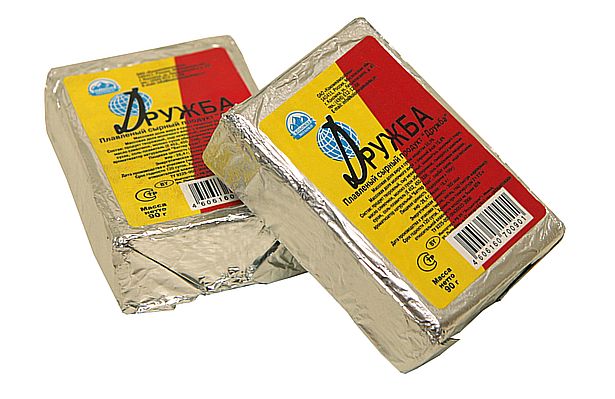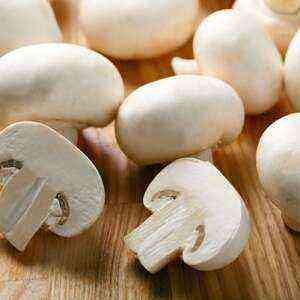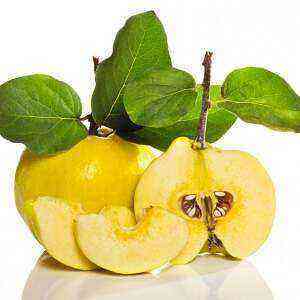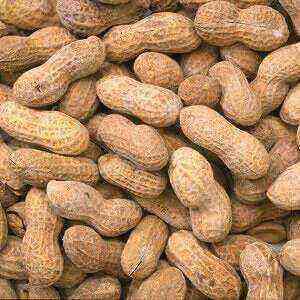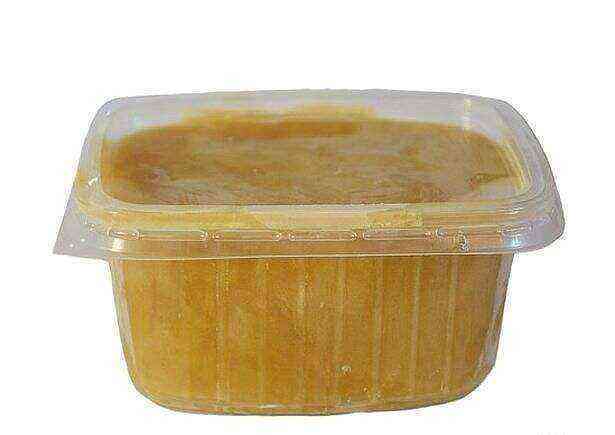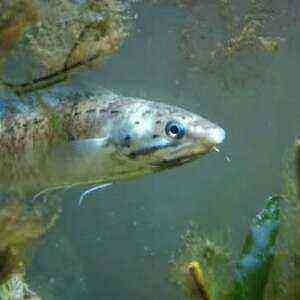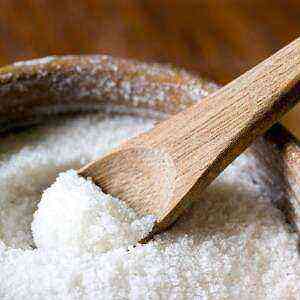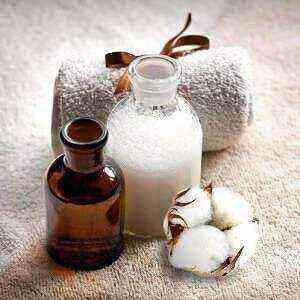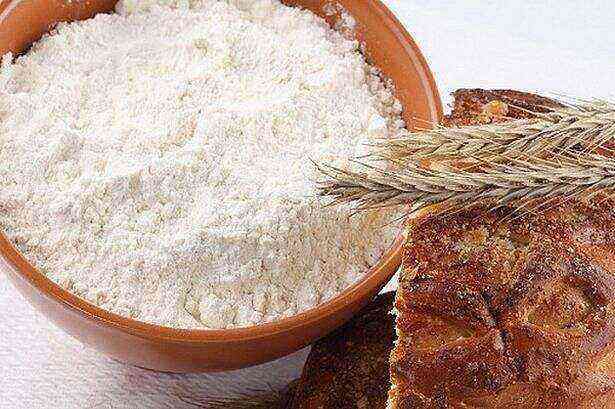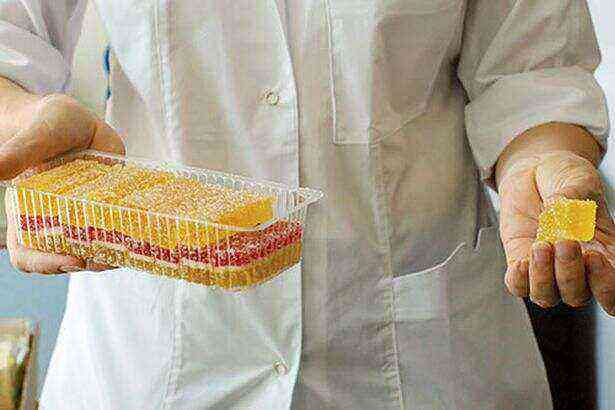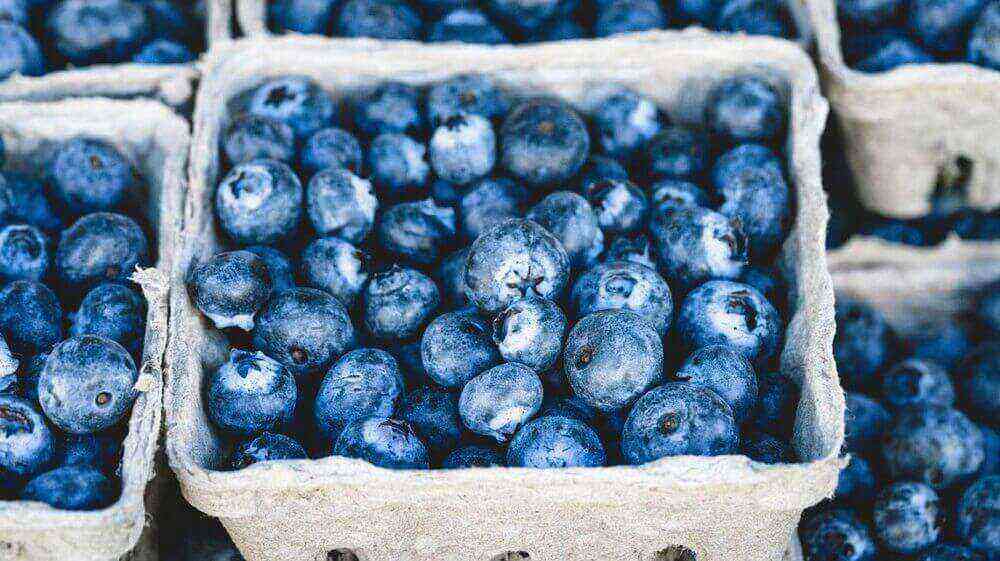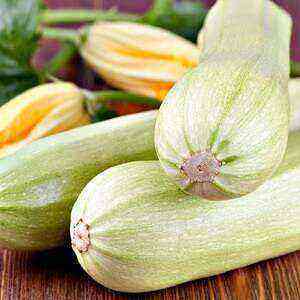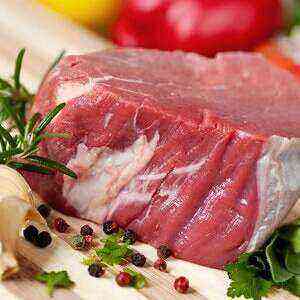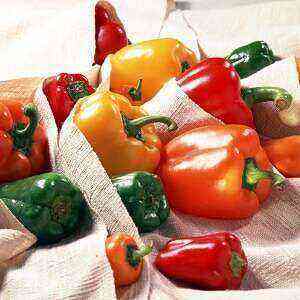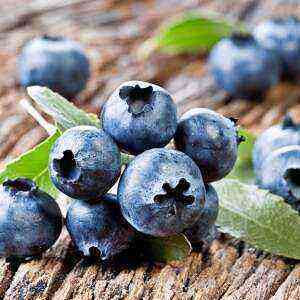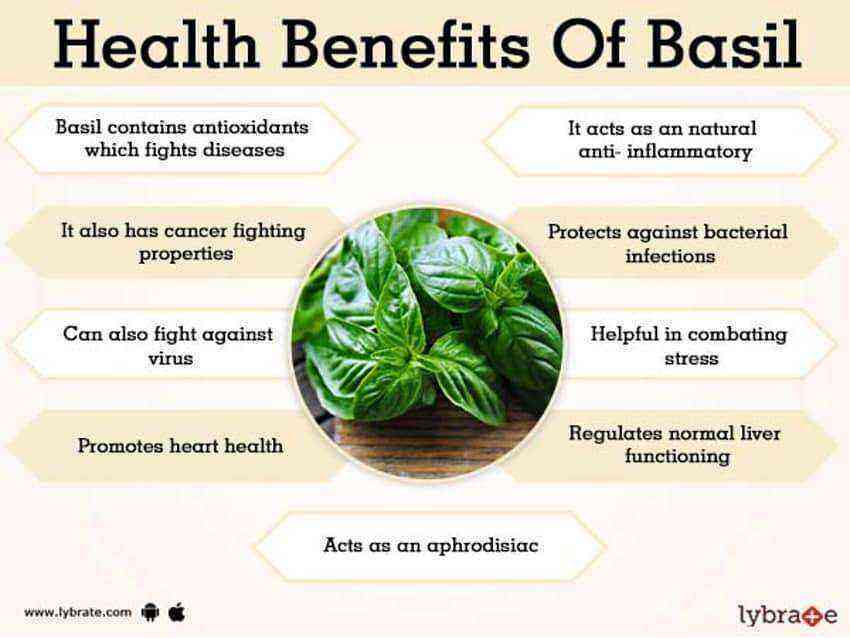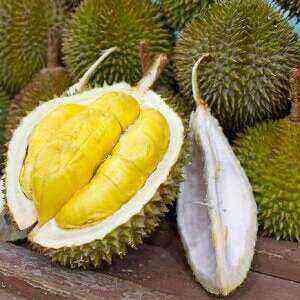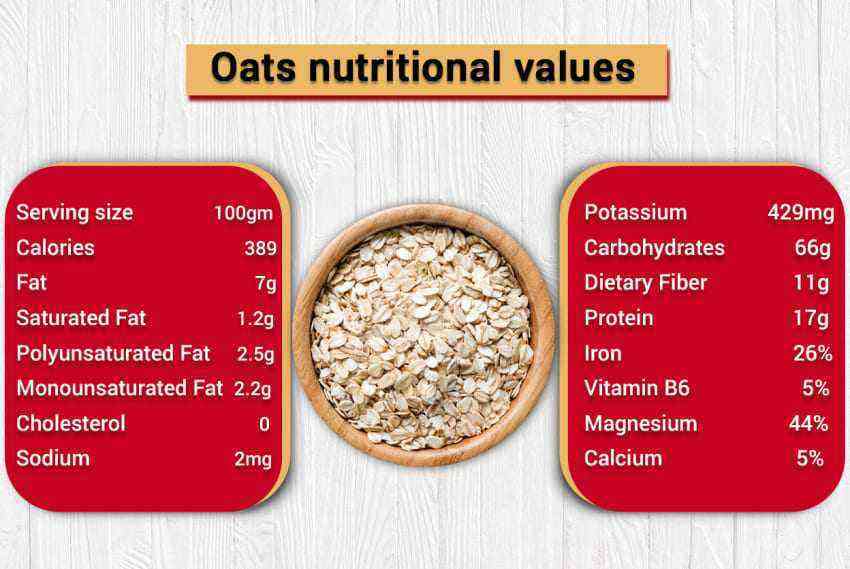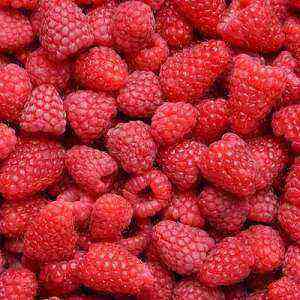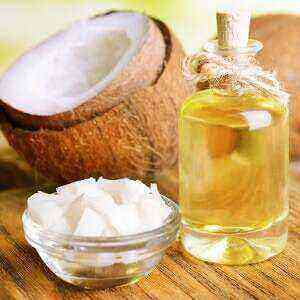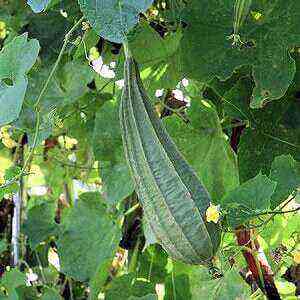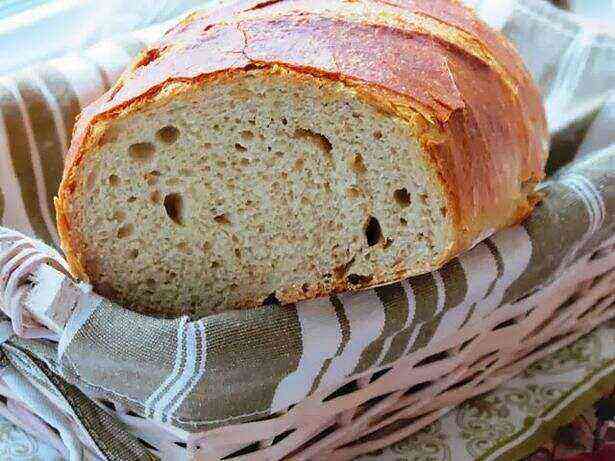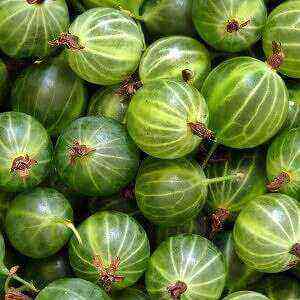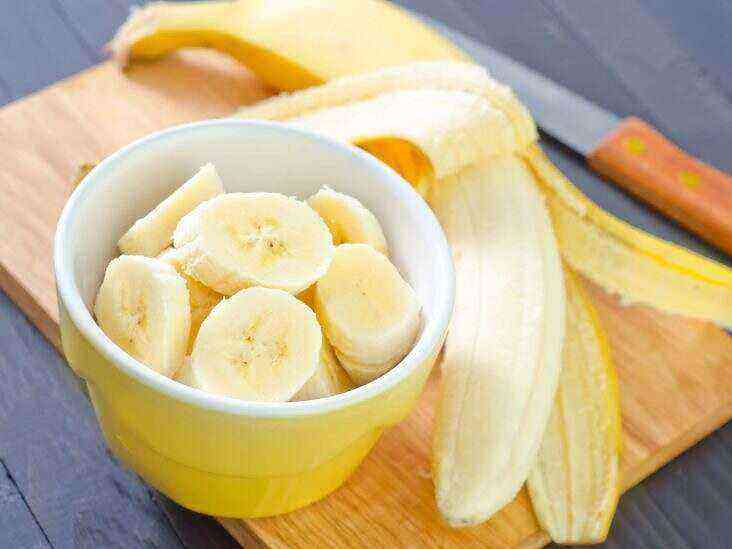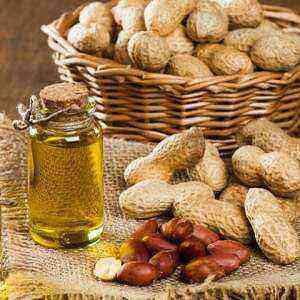It is believed that the idea of cooking is related to brie cheese, which has a fluid consistency on the inside. For a long time, the elite French variety was not available to everyone, so the inventors were looking for an opportunity to create a cheaper and no less tasty analogue.
Ways of preparation
The traditional technology for the production of processed cheese is pasteurization of cheese products, butter, milk, additives mixed together at a temperature of 75-95 ° C. Such processing makes the mass viscous and viscous, the composition is homogeneous, destroys harmful microorganisms, while maintaining useful ones and protects the finished product from damage.
Later, another technology appeared – UHT. Here, processing is carried out at a temperature of 140 ° C, which leads to complete sterilization. No microorganisms remain in the cheese mass.
These types can be distinguished only by the shelf life on the package. A live product can be stored for no more than six months, sterile – a year or longer.
Types of processed cheeses
Due to the uniformity of the method for preparing varieties, it is customary to divide only by taste and consistency. So, they distinguish:
1. Pasty.
Such a mass is very similar to thick sour cream, it is distinguished by a high content of fat and moisture, plasticity, and a recognizable delicate taste and aroma. It is packaged mainly in boxes and jars, easily spreads. It is made in the traditional form without impurities (creamy) or with numerous additives.
2. Lomteva.
It has a thicker consistency than pasty, it is easily cut into slices and pieces, for which it received its name. The fat content of the product is 50-70%. Most often it is packed in foil. The traditional “Friendship” belongs to this type. Distinguish between cream cheese and with additives.
3. Sausage.
This variety has the hardest consistency and the lowest fat content. Packaged in rocking chairs (like sausage). Traditional additives in such a product are cumin and pepper. As an additional processing, smoking can be carried out, which gives a special piquant and recognizable taste.
4. Sweet.
The same cheese, but containing natural or identical natural flavors, which impart a sweet taste and aroma. The varieties with cocoa, coffee, honey, nuts, syrups, berries, chicory are especially popular.
It is necessary to distinguish real processed cheese from derived cheese products. The original cheese is made exclusively from dairy products, the cheese product is made using vegetable fats that replace dairy components, sometimes with the addition of additional elements, such as soy.
At the same time, the latter is distinguished by a lower cholesterol content, so it can be consumed by people who, in principle, are prohibited from cheeses (this is especially important for diseases of the cardiovascular system).
Composition and use
The standard composition of processed cheese includes:
- dairy products: cottage cheese, butter, milk, rennet cheeses;
- salt;
- preservatives (special substances developed specifically for cheeses and harmless to health, if you do not exceed a certain daily dose – this can only be contained in a few kilograms of cheese).
- melting salts: non-toxic and harmless substances that melt the cheese mass and make it homogeneous;
- thickener (traditionally E407);
- flavoring;
- dyes.

